The Earth Awards 2010: winners announced

'The Earth Awards stand apart from other awards because they involve a business transaction, and they make things happen,' says co-founder Nicole Yap. Envisioned as a platform to promote good and eco-sensitive design that would reach the general public, rather than stay in research and concept stage, the awards are as much about engaging manufacturers and consumers as they are the designers - which is no mean feat.
The Earth Awards story began two years ago in Asia, when the Malaysian government started an initiative for action on good design and sustainability, prompted by the continent's fast-paced development. Awards founders Nicole Yap and Karena Albers jumped at the challenge, seeing a unique window of opportunity to create something that would change the way people see ecological design. 'It is a bit like the industrial revolution', says Yap. 'This time we are integrating sustainability in popular culture. The change is going to come, but we believe it will come largely from the private sector.'
Now in their second year, the awards are attracting even more attention; and with a wealth of big names and supporters in the judging panel, from our own Editor-in-Chief Tony Chambers to key representatives of the design, business and culture fields, like MoMA's Paola Antonelli, Richard Branson, Sir Terence Conran and Philippe Starck, it is no surprise. Additionally, the 2009 Awards have set a successful precedent. Last year's winner, MIT research fellow Neri Oxman, is now at Arup, creating a prototype of her winning project, bringing her concept into reality and eventually, the market.
This year's list of individual category winners is varied and inspiring. There is the Sustainable Shells building material for the Built Environment category; the AskNature digital library for Systems; the Polli Bricks recycled cladding system for Product; hand-crafted bamboo sunglasses for Fashion; the Butterfly House work in Thailand for Social Justice; and an energy-capturing Artificial Photosynthetic Foam for the Future category, which was also the Grand Prize Winner for this year, announced in a Gala at Marlborough House last night. Winner Dr David Wendell was chosen from over 500 international entries and, with his brilliantly scalable and multi-applicable innovation, he was certainly worthy of the accolade.
Teaming up with short-listed Pallet House architects, New York-based Suzan Wiles and Azin Valy, Wallpaper* could not resist taking part in the initiative. A residential design made of simple wood pallets - a cheap and easy to source material - the House offers an effective and affordable shelter. Its Marlborough House incarnation also features interiors created by Wallpaper* Interiors Editor Benjamin Kempton, including designs by Sigmar, Tom Dixon, Michael Anastassiades and Rolf Sachs.
Architecture's strong presence among the winners was felt, with most of the winning designs relating to the building industry. 'It is a largely consumer driven sector and there is a huge emphasis on architecture at the moment', continues Yap. However, next year, it is art that will be a major protagonist, reveal the co-founders. 'Art is a catalyst in all big changes,' they say.
This year, for the first time the awards were also turned into an exhibition. Presented at the Marlborough House grounds - invited by 'Start', a new initiative by HRH the Prince of Wales - a selection of the winning designs and concepts give the guests a taste of things to come. Staying in London until the 18th September, the show is then scheduled to travel around the globe.
Receive our daily digest of inspiration, escapism and design stories from around the world direct to your inbox.
Re-examining design and craft-based, environmentally friendly approaches is top of Albers and Yaps' priority list. 'We try to turn things on their head and go back to the roots', they explain.

Sustainable Shells, the winner of the Built Environment category, combine earth bricks with traditional tile vaulting to create affordable and efficient structures
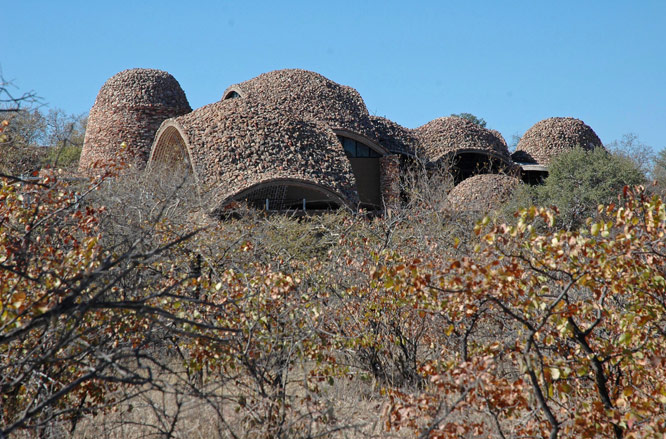
Made mainly from earth, the Sustainable Shells are easy to construct in any location
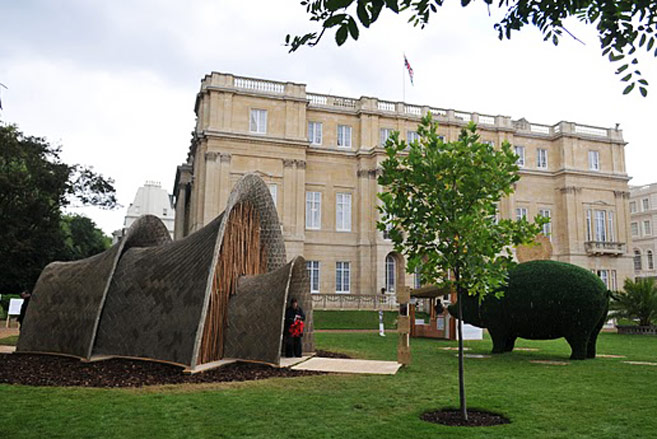
The Sustainable Shells installation in London's Marlborough House gardens

New York based I-Beam Design's Pallet House
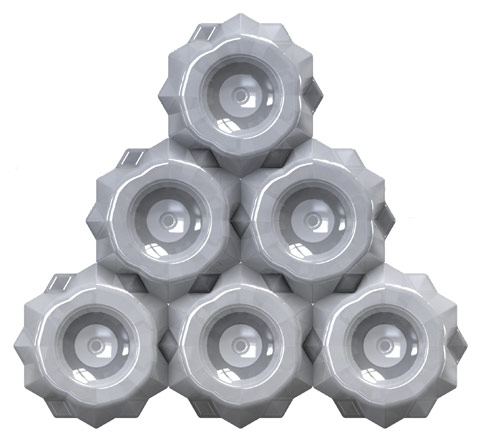
Polli Bricks, the cost-effective and ecological winner of the product category, are made of recycled plastic bottles

A Polli Bricks sample cladding was put together at Marlborough House garden for the Earth Awards exhibition
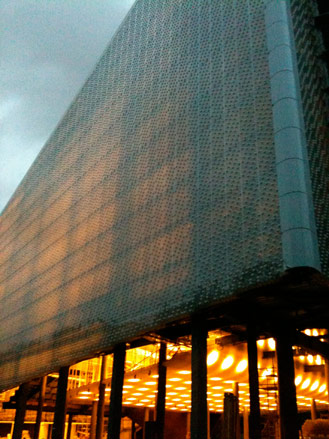
A facade clad in Polli Bricks
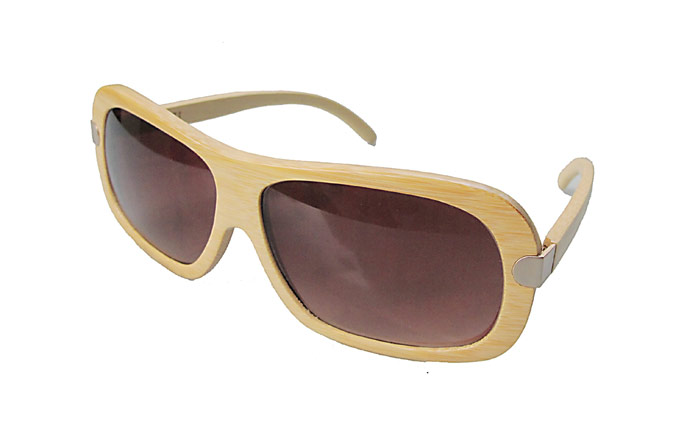
Kayu Sunglasses, the Fashion category winner, are hand-crafted out of fast-growing bamboo
Ellie Stathaki is the Architecture & Environment Director at Wallpaper*. She trained as an architect at the Aristotle University of Thessaloniki in Greece and studied architectural history at the Bartlett in London. Now an established journalist, she has been a member of the Wallpaper* team since 2006, visiting buildings across the globe and interviewing leading architects such as Tadao Ando and Rem Koolhaas. Ellie has also taken part in judging panels, moderated events, curated shows and contributed in books, such as The Contemporary House (Thames & Hudson, 2018), Glenn Sestig Architecture Diary (2020) and House London (2022).
-
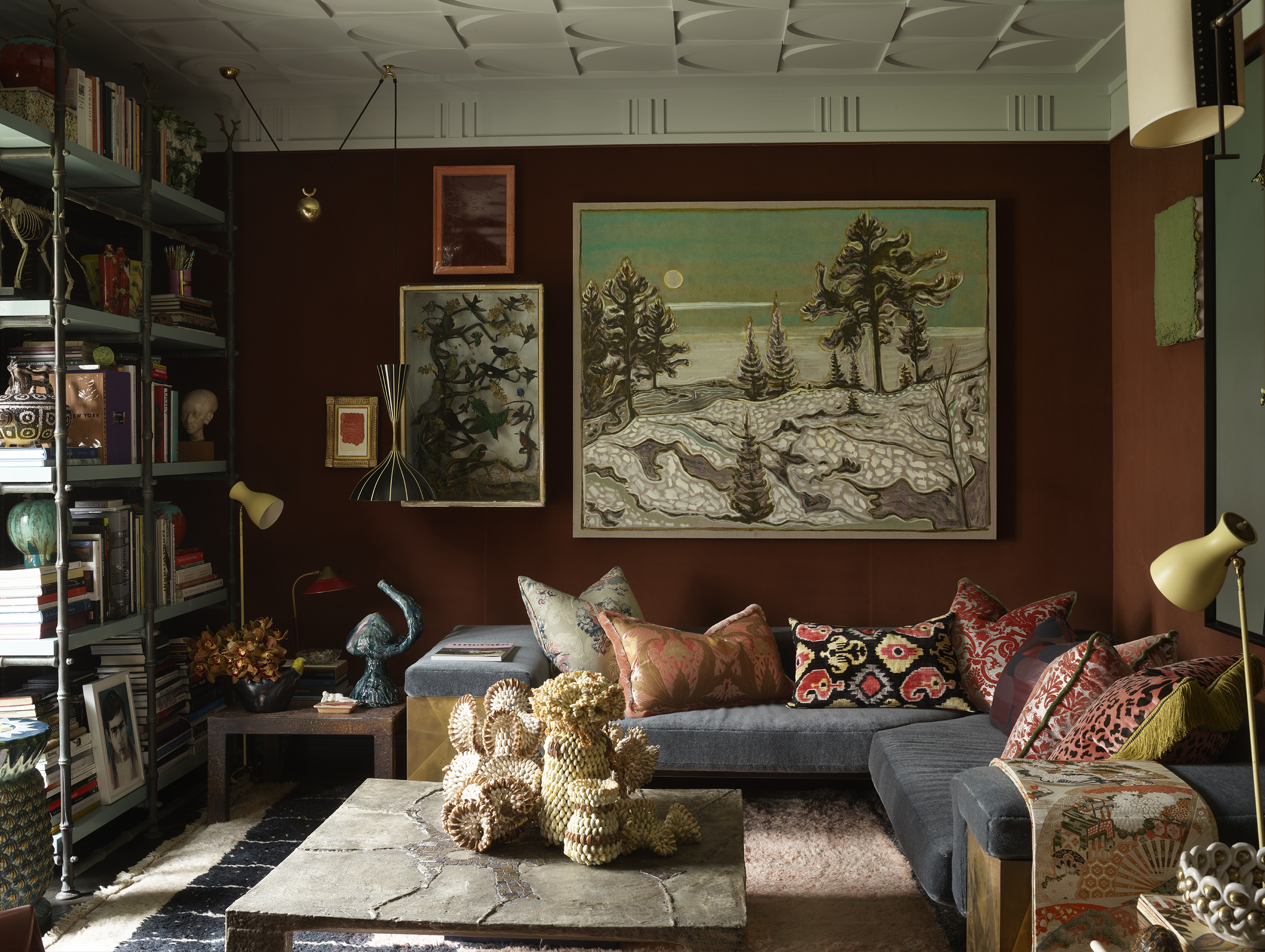 This designer’s Shoreditch apartment is ‘part grotto, part cabinet of curiosities’
This designer’s Shoreditch apartment is ‘part grotto, part cabinet of curiosities’The apartment serves as Hubert Zandberg’s ‘home away from home’, as well as a creative laboratory for his design practice. The result is a layered, eclectic interior infused with his personality
-
 Curvilinear futurism meets subtropical beaches at Not A Hotel’s ZHA-designed Okinawa retreat
Curvilinear futurism meets subtropical beaches at Not A Hotel’s ZHA-designed Okinawa retreatZaha Hadid Architects has revealed the design for the first property in Not A Hotel’s futuristic new Vertex collection, coming soon to southern Japan
-
 Gorden Wagener leaves the helm of Mercedes-Benz design after 28 years with the company
Gorden Wagener leaves the helm of Mercedes-Benz design after 28 years with the companyThe German designer is stepping down from the role of chief design officer at Mercedes-Benz. We look back at his influence and impact on the world of automotive and luxury design